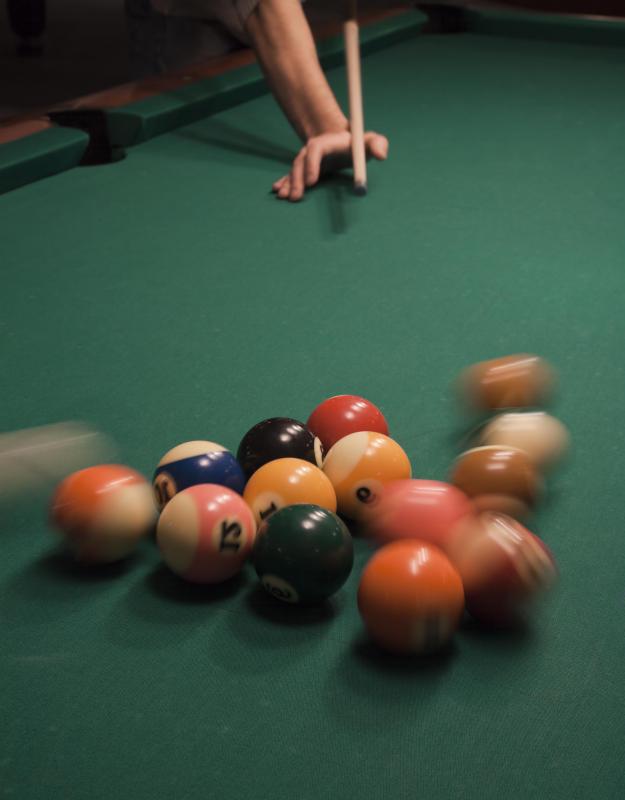At AllTheScience, we're committed to delivering accurate, trustworthy information. Our expert-authored content is rigorously fact-checked and sourced from credible authorities. Discover how we uphold the highest standards in providing you with reliable knowledge.
What Is the Compton Effect?
The Compton effect is the transference of energy from light and other electromagnetic radiation, such as x-rays and gamma rays, to stationary subatomic particles such as electrons. This observable effect gives credence to the theory that light is made up of particles called photons. The energy transferred is measurable and the interaction conforms to the laws of conservation of energy. That is, the combined energy of the photon and the electron before the collision is equal to the combined energy of the two particles after the collision. A secondary, and related, result of the collision of photons and electrons is known as Compton scattering, which is observed as a change in direction of the photons after the collision as well as a change in their wavelength.
In the early 20th century, noted physicist, Max Planck, theorized that electromagnetic energy, such as visible light and other radiation, was composed of individual packets of energy called photons. These packets were further supposed to be without mass but to have individual natures and, at times, to behave like and share certain properties with other subatomic particles with observable masses. A series of experiments and calculations resulted in acceptance of this theory, and when the Compton effect — the scattering of electrons due to their absorption of energy from photons — was observed and recorded by physicist Arthur Holly Compton in 1923, Planck's theory was further strengthened.

Compton's work on the phenomenon that became known as the Compton effect later earned him the Nobel Prize in physics. Compton observed that photons could impart energy to subatomic particles such as electrons, causing them to scatter, or move away from their original positions. Under certain conditions, this can cause the electrons to be separated from their parent molecules, ionizing them, or changing their net electrical charge from neutral to positive by removing the negatively charged electron.

He further observed that after the collision, the photon exhibited an increase in wavelength, a direct result of its loss of energy to the electron and related to the angle of deflection in its change of direction, which is known as Compton scattering. This relationship is defined by an equation known as the Compton formula. A common analogy used to help explain the Compton effect is the striking of a cluster of stationary billiard balls by a moving cue ball. The cue ball imparts some if its energy to the other balls, which scatter as the cue ball moves in another direction at a reduced speed. While light has a constant speed, the reduced speed of the cue ball is analogous to the lower energy state of the photon after colliding with an electron, which is exhibited by its longer wavelength rather than reduced speed.
AS FEATURED ON:
AS FEATURED ON:












Discuss this Article
Post your comments